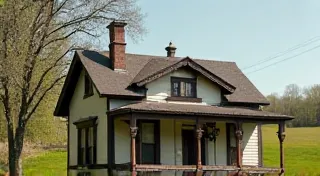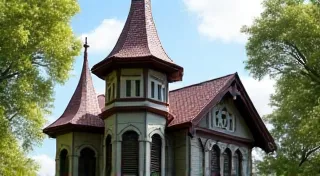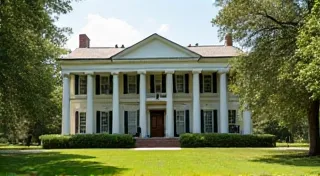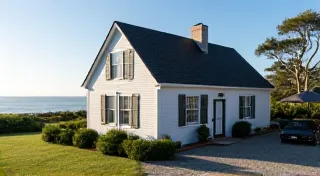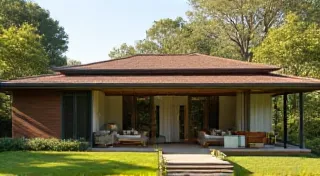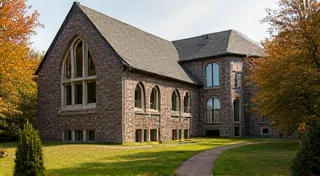Pueblo Revival Architecture: Honoring Ancestral Traditions in the Southwest
Pueblo Revival architecture is a distinctive style found primarily in the Southwestern United States, particularly in Arizona, New Mexico, and Colorado. It represents a fascinating blend of historical reverence and modern design, drawing inspiration from the centuries-old adobe structures built by the ancestral Pueblo peoples. More than just replicating the look of historic pueblos, Pueblo Revival architecture seeks to capture the spirit and harmony with the landscape inherent in that tradition. The style's charm is undeniable, echoing the beauty and simplicity seen in architectural movements across the country, some with distinctly different characteristics like the Arkansas Folk Victorian style found in the Ozarks.
The Roots of Pueblo Revival: Ancestral Pueblo Structures
To understand Pueblo Revival, it's essential to appreciate the architecture of the ancestral Pueblo people. These communities, thriving for centuries, constructed impressive dwellings using readily available materials: primarily adobe (sun-dried mud brick) and stone. Their buildings, often multi-story and tightly clustered together, were designed to withstand the harsh desert climate, providing insulation from both heat and cold. Classic Pueblo structures feature rounded corners, flat roofs, and a striking uniformity, all blending seamlessly with the surrounding natural environment. The dedication to using readily available natural materials reflects a similar philosophy found in many regional architectural styles; even seemingly disparate movements, like the intricate detailing of Queen Anne architecture in the Pacific Northwest, share a common thread of thoughtful response to environment.
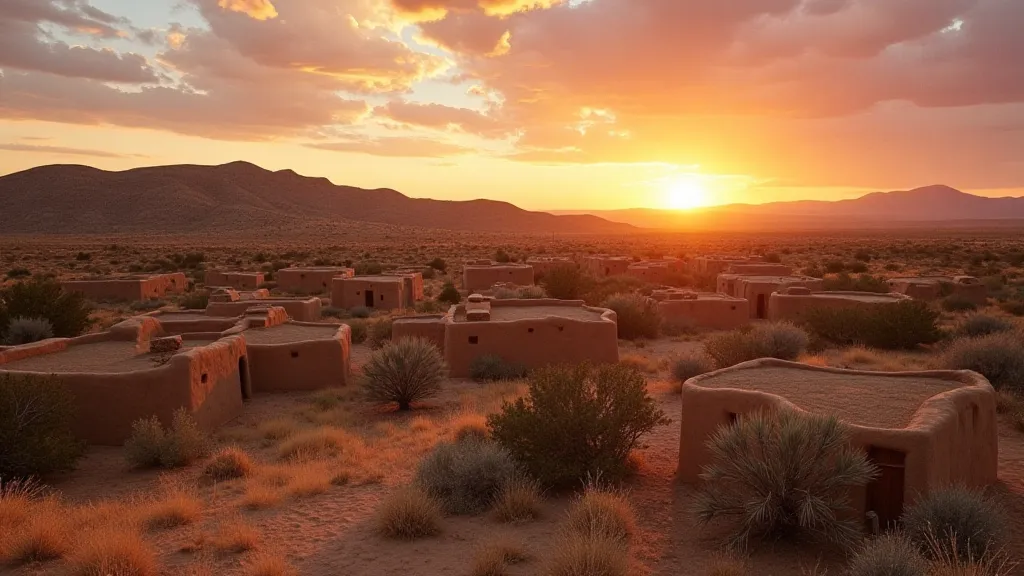
The Rise of Pueblo Revival: A Modern Movement
The Pueblo Revival style emerged in the early 20th century, fueled by a growing interest in Southwestern history and culture. Architects like Mary Elizabeth Elting and William Rossiter, along with others, consciously sought to create buildings that echoed the aesthetic of the historic pueblos. However, it wasn't a simple imitation. Instead, they incorporated modern building techniques and amenities while retaining the defining characteristics of Pueblo architecture. This blending of old and new is a recurring theme in architectural history – a desire to honor the past while embracing the possibilities of the present.
Defining Characteristics of Pueblo Revival Architecture
Several key elements define the Pueblo Revival style:
- Adobe Construction (or Adobe Appearance): While true adobe construction isn't always possible due to modern building codes, Pueblo Revival buildings often utilize stucco finishes to mimic the look and texture of adobe. The result is a visually consistent aesthetic, reminiscent of the enduring quality seen in styles like the Gothic Revival found in New England.
- Rounded Corners: This is a crucial element, echoing the organic shapes found in historic Pueblo structures. Sharp angles are deliberately avoided. The softened edges contribute to the overall sense of harmony and natural flow.
- Earth Tone Color Palette: Buildings are typically rendered in warm, earthy colors – tans, browns, reds, and oranges – reflecting the hues of the surrounding landscape. This color scheme isn't unique to the Southwest; similar palettes are often used to create a sense of place and connection to the environment.
- Flat Roofs: Historically, Pueblo roofs were flat and often used for drying crops or as living space. Modern Pueblo Revival buildings maintain this feature, sometimes incorporating a parapet (a low wall along the edge of the roof). The practicality of flat roofs and the incorporation of natural elements have appeared in diverse architectural designs throughout history.
- Kiva Fireplaces: A distinctive feature, kiva fireplaces are circular or oval fireplaces recessed into the main living area, designed to mimic the traditional subterranean rooms (kivas) used for ceremonial purposes by the Pueblo people. They create a focal point and contribute to the warmth and ambiance of the space.
- Minimal Ornamentation: Pueblo Revival architecture emphasizes simplicity and functionality. Ornamentation is kept to a minimum, focusing on the beauty of the natural materials and the clean lines of the design. This emphasis on functionality and simplicity is a hallmark of many regional architectural styles, demonstrating a respect for materials and a desire to create enduring, livable spaces.
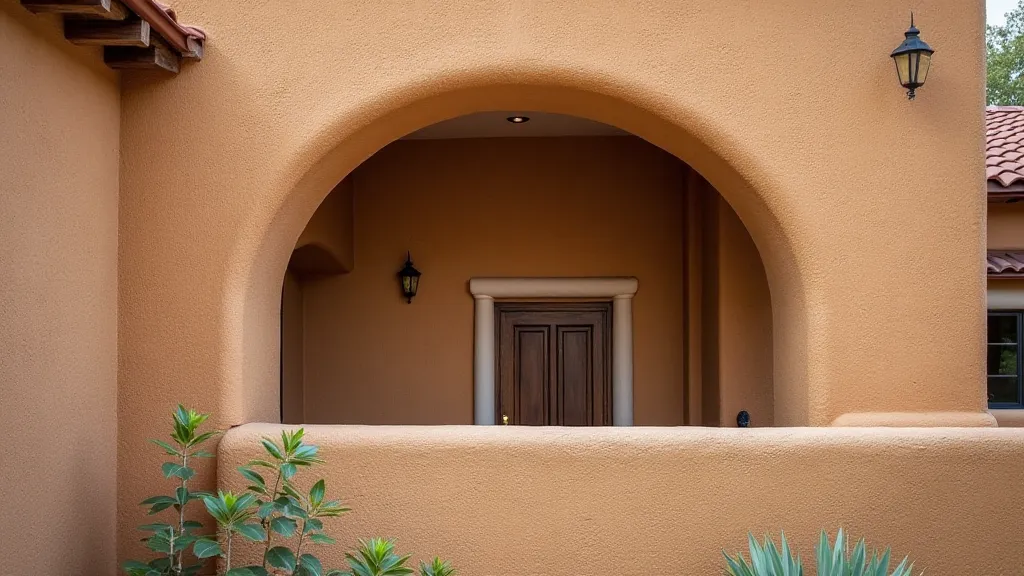
The Influence of Dutch Colonial Aesthetics
While distinctly Southwestern, Pueblo Revival architecture shares some surprising parallels with styles found elsewhere in the country. The intentional use of natural materials, the emphasis on creating a connection to the landscape, and the focus on creating a welcoming and livable space can be seen echoed in various architectural movements. For instance, the charm and detail-oriented approach of Dutch Colonial architecture in New York shares a dedication to regional character and a thoughtful integration of form and function. Just as Dutch Colonial structures utilized gambrel roofs to maximize space and reflect the region's agricultural heritage, Pueblo Revival buildings skillfully adapted to their desert environment.
Notable Examples of Pueblo Revival Architecture
Many stunning examples of Pueblo Revival architecture can be found throughout the Southwest. Some prominent examples include:
- The Arizona Biltmore Hotel (Phoenix, Arizona): While not exclusively Pueblo Revival, the Biltmore incorporates many elements of the style, demonstrating its elegance and adaptability. Its sprawling design and use of natural materials exemplify the principles of regional architecture.
- The University of Arizona Campus (Tucson, Arizona): The campus buildings showcase a cohesive and impressive application of Pueblo Revival design. The uniformity and attention to detail create a distinctive and memorable architectural experience.
- Numerous residential homes and public buildings throughout New Mexico: Santa Fe, in particular, is renowned for its beautiful Pueblo Revival architecture. The city’s architectural landscape is a testament to the enduring appeal of this style.
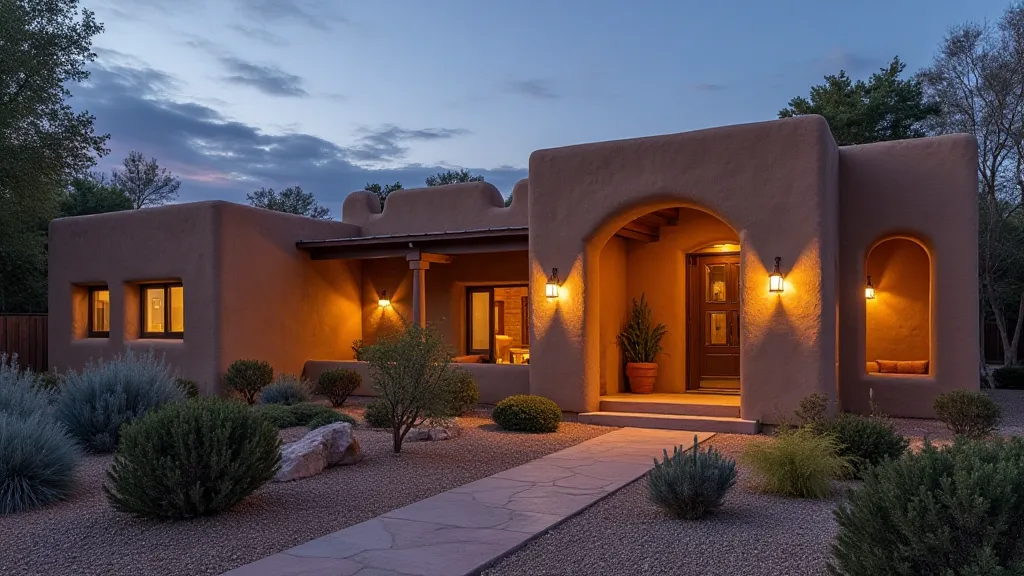
The Legacy of Pueblo Revival Architecture
Pueblo Revival architecture remains a vibrant and significant style in the Southwest, reflecting a deep respect for the region’s history and culture. It’s a testament to the power of architectural design to honor ancestral traditions while embracing modern innovation, resulting in beautiful, functional, and deeply rooted structures that seamlessly blend with the landscape. The style's longevity speaks to its inherent adaptability and enduring appeal, a quality shared by many architectural movements across the United States. The conscious effort to draw inspiration from the past and integrate it with contemporary design demonstrates a profound understanding of the relationship between architecture, culture, and environment. Future generations will continue to be inspired by the principles of Pueblo Revival architecture, adapting and reimagining them to meet the challenges of a changing world. The style provides valuable lessons in sustainable design, community building, and the power of architecture to shape our lives and connect us to our heritage.
